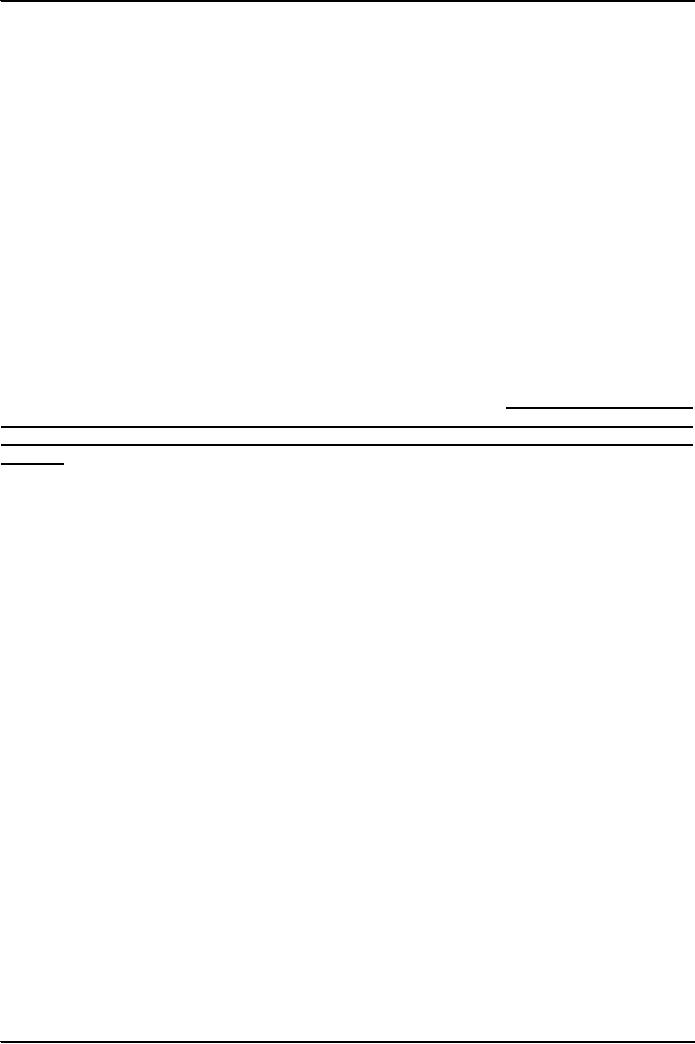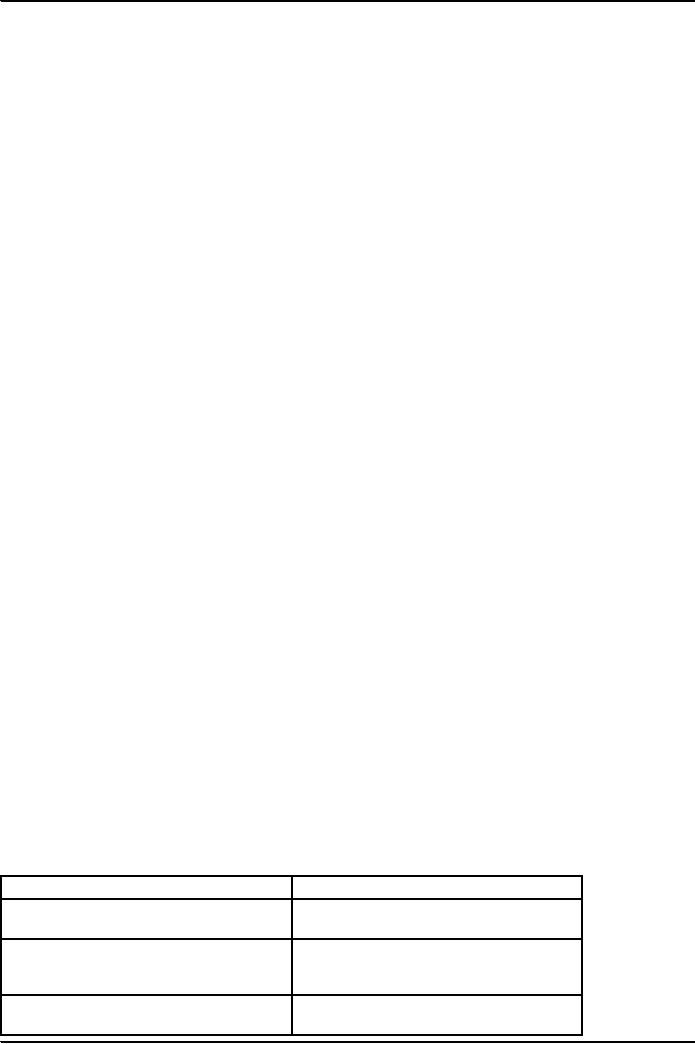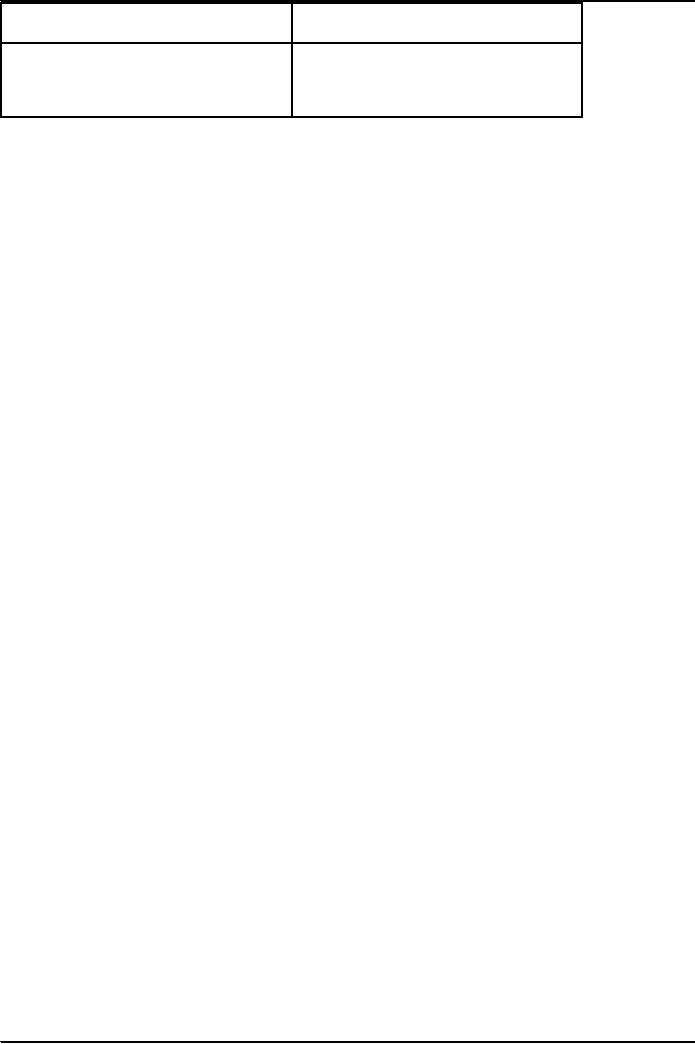 |
VERIFICATION APPROACH OF AUDIT |
| << TESTING THE NON-CURRENT ASSETS |
| VERIFICATION OF ASSETS >> |

Fundamentals
of Auditing ACC 311
VU
Lesson
32
VERIFICATION
APPROACH OF AUDIT
We are
now moving on to deal with
the substantive testing, or
verification aspect of the
audit. In the past
lectures
we have been learning the
early steps in the time structure of an
audit:
�
Accepting
the appointment
�
Planning,
recording, controlling the
audit
�
Evaluation
internal controls
�
Testing
the controls
By
this stage, the auditor
will have made a decision on
the general approach to be taken to the
audit work. If
the
controls systems are effective
and operating as laid down, the
amount of verification work
will be reduced.
If the
controls are weak or are
not operating effectively, a high
level of verification work
will be performed. It
is
this verification work that we
are dealing with in this
and the next few
lectures.
To
verify means to establish the
truth of something. This audit work
involves the audit in gathering
evidence
this
will lead to a conclusion as to
whether classes of transactions,
balances and disclosures
reflected in the
client's
financial statements are properly stated
(true and fair).
We
have already discussed in
detail the general audit
verification principles; here we
will have a brief over
view
of
those.
Audit
Verification Techniques:
As we
have already discussed in the
previous lectures that at the
verification stage of the
audit, the auditor is
typically
presented with a set of
draft financial statements prepared by
the client. The
role of the auditor is
to
generate
evidence to allow a conclusion to be
reached as to whether the information
contained in
these
financial statements, and the way
the information is presented and
disclosed, give a true
and
fair
view.
We
already know that audit evidences
are generated by the auditor performing
audit tests. Here, in verification
work,
the auditor will use
substantive testing procedures,
designed to give evidence
relating to the figures
in
the
financial statements, rather than control
test, dealing with the
systems that produced those
figures.
However,
the testing procedures
available to the auditor here are
the same as those we saw
earlier. As a
reminder,
audit-testing procedures available to
the auditor are:
1. Inspection
This
covers the physical review or
examination of records, documents
and tangible assets. An
example in
substantive
testing is examining purchase
invoices to ensure that they
have been properly recorded
and
analyzed
in the financial statements.
2. Observation
This
procedure is mainly applicable to
tests of control, but may
also be used in substantive
testing, such as the
auditor
observing the client's
inventory count to gain evidence that
the inventory figure in the
financial
statements
had been arrived at
accurately.
3. Enquiry
Seeking
relevant information from
knowledgeable persons inside or
outside the
enterprise.
An
example in substantive testing is
asking management for an explanation as
to why a receivable has, or
has
not,
been treated as bad.
4. Computation
Checking
the arithmetical accuracy of
records or performing independent
calculations, for example
computing
or
re-computing the depreciation expense
for the year.
5. Analytical
procedures
You
should note that these procedures
are mainly used in substantive
testing rather than as a test of
controls.
They
may help the auditor to understand
relationships between figures in the
financial statements. This is
sometimes
referred to as the business approach to
auditing.
Choice
of Verification Techniques
There
are no specific rules that
exist as to the type(s) of techniques
that the auditor should use
in a given set of
circumstances.
This is principally
a matter of audit judgment and
the nature of the audit objective(s). The
auditor has to look
at
each individual item in its
own right, identify the audit
objective(s) for that
particular item and then
decide
104

Fundamentals
of Auditing ACC 311
VU
the
most reliable audit evidence
available. The circumstances and
evidence available will
affect the type of
technique(s)
he uses.
Audit
Objectives and Financial Statement
Assertions
As
just stated the type(s) of
technique(s) used depend on
the audit objectives that the auditor is
seeking to
achieve.
The
general objective to be achieved by audit
verification work is to establish
whether the financial statements
present
a true and fair view.
We can
identify a number of more
detailed objectives which underlie this
overall objective. These
more
detailed
objectives allow the auditor to design a
series of substantive test on
each audit area (inventory,
receivables,
etc) which will build up the
overall bank of evidence necessary to support
the overall audit
opinion.
In
carrying out substantive audit
tests (verification work) the
auditor will be looking for
evidence on different
assertions
at the financial statements level.
Assertions
in obtaining Audit Evidence:
(a)
Assertions about classes
of transactions and
events for the period under
audit;
(i)
Occurrence
transactions and events that
have been recorded have
occurred and pertain to
the
entity;
(ii)
Completeness
all
transactions and events that
should have been recorded
have been
recorded;
(iii)
Accuracy
amounts and other data
relating to recorded transactions
and events have
been
recorded
appropriately.
(iv)
Cutoff
transactions and events have
been recorded in the proper
period.
(v)
Classification
transactions and events have
been recorded in the proper
accounts.
(b)
Assertions about account
balances at the
period end.
(i)
Existence
assets, liabilities, and equity interests
exist;
(ii)
Rights
and obligations the
entity holds or controls the
rights to assets, and liabilities
are
the
obligations of the entity;
(iii)
Completeness
all
assets, liabilities and equity interests
that should have been
recorded
have
been recorded;
(iv)
Valuation
and allocation
assets, liabilities, and equity interests
are included in the
financial
statements
at appropriate amounts and
any resulting valuation or allocation
adjustments are
appropriately
recorded.
(c)
Assertions about Presentation
and Disclosure:
(i)
Occurrence
and
rights and obligations disclosed
events, transactions and
other matters
have
occurred and pertain to the
entity.
(ii)
Completeness
all
disclosures that should have
been included in the financial
statements
have
been included;
(iii)
Classification
and understandability financial
information is appropriately
presented
and
described, and disclosures
are clearly
expressed;
(iv)
Accuracy
and valuation financial
and other information are
disclosed fairly and
at
appropriate
amounts.
This
concept takes the view that
draft accounts presented by the client to
the auditor are making a
number of
promises,
or assertions. The role of substantive
testing is to verify these
assertions.
The
assertions made by the financial
statements and the related
objectives of the substantive
testing objectives
set
out above can be shown as
follows:
ASSERTION
TESTING
OBJECTIVE
Assets
shown include all rights
under the
Completeness
control
of the enterprise
Transactions
arising during the period
are
Occurrence
reflected
in the period's financial
statements
The
amounts at which assets and
liabilities
Valuation
are
stated is correct
105

Fundamentals
of Auditing ACC 311
VU
Assets
and liabilities included on the balance
Existence
sheet
actually exist
Assets
and liabilities are shown in
the
Presentation
and
financial
statements such that the
user would disclosure
have a
clear understanding of the
client's
financial
situation
Review
of Financial Statements
Content
of Financial Statements
It is
important that you are clear as to
exactly what the financial statements
consist of under
modern
accounting
practice.
They
comprise the
following:
a) The primary
statements
i)
Balance
sheet
ii)
Income statement
iii)
Statement of changes in
equity
iv)
Cash flow
statement
v) The
notes to the accounts
b) The
directors' report
c) The
auditor's report.
The
main principles underlying the
preparation and presentation of
company financial statements are
now set
out by
the International Accounting
Standards Board's document
Framework
for the Preparation and
Presentation of
Financial
Statements.
The
major points from this
document are summarized
below:
1
The
elements of Financial
Statements
The
starting point here is
definitions of assets and liabilities.
The other elements are then defined in
terms of
these.
Assets
are
rights or other access to future
economic benefits controlled by an entity
as a result of past
transactions
or events.
Liabilities
are
obligations of an entity to transfer
economic benefits as a result of
past transactions or
events.
Owners'
equity is
arrived at by deducting liabilities from
assets (capital = assets -
liabilities).
Gains
and losses are
determined in terms of increases
and decreases in owners'
equity.
2
Recognition
in financial statements
Recognition
essentially means the recording
process. The principles here
address such questions as
when is it
acceptable
to recognize (record) an asset or
liability and when should
assets and liabilities be de-recognized
(no
longer
recorded in financial statements). The
main points to note are:
Assets
and liabilities should be recognized
when there is evidence of
their existence and they
can be
reliably
measured.
They
should be derecognized when the
right (assets) or obligations (liabilities) no longer
exist.
The
Timing of Audit
Procedures:
Whereas
tests
of control can be
(and usually are) performed by
the auditor before the client's year
end - at the
so
called interim audit stage -
Substantive
Audit Procedures and
verification work will be
performed
primarily
at or very soon after the
client's year end, as these
procedures normally rely on the
availability of
draft
financial statements.
Verification
of the individual assets and
liabilities by the auditor extends into
the post balance sheet period
(i.e.
the
period between the year end
date and the date of approval of the
financial statements). The auditors
will
use
this to their advantage when
seeking to verify amounts
stated for contingent liabilities, and
for post
balance
sheet events (These are
explained in a later
chapter).
SUBSTANTIVE
PROCEDURES
Substantive
procedures are performed in order to
detect material misstatements at
the assertion level
(Like;
occurrence,
completeness, accuracy, valuation,
existence, rights and control),
and include tests of details
of
classes
of transactions, account balances
and disclosures and
substantive analytical
procedures.
106

Fundamentals
of Auditing ACC 311
VU
Nature
of Substantive Procedures
�
Tests of
details are
ordinarily more appropriate to
obtain audit evidence regarding
certain assertions about
account
balances, including existence and
valuation.
�
Analytical
procedures are
applied on large volume of transactions,
which are predictable over time.
(Cost of
goods
sold, payroll, sale)
Timing of
Substantive Procedures
Year
end substantive procedures
are always more
reliable
In
considering whether to perform
substantive procedures at an interim
date the auditor considers
such
factors
as the following:
� The
control environment and other
relevant controls. (Like payroll
disbursement)
� The
availability of information at a later
date that is necessary for
the auditor's procedures
(Provision
for
doubtful debts can be
investigated interim but debtor
and inventory can be
verified at the year
end).
� The objective
of the substantive
procedure.
� The
assessed risk of material
misstatement (Prefer always at
year end).
� The
nature of the class of
transactions or account balance
and related assertions (Like
frequency of
occurrence
of the transactions e.g.
salaries are paid monthly
whereas bonuses are paid
annually).
� The
ability of the auditor to perform
appropriate substantive procedures or
substantive procedures
combined
with tests of controls to
cover the remaining period in order to
reduce the risk that
misstatements
that exist at period end are
not detected (Staffing problem that
cannot make the
auditor
able to extend till the year
end)
If
substantive procedures are performed at
an interim date, the auditor may
sometimes consider applying
tests
of
controls also on the transactions of
remaining period while extending his
substantive procedures
from
interim
date to the period
end.
Extent
of performance of substantive
procedures
Greater
the risk of material
misstatement due to weaknesses in
the system of internal control,
the greater
would
be the risk of material misstatement in
the financial statements.
In
designing tests of details,
the auditor may use either
audit sampling or may choose to
select items to be
tested
by some other selective
means of testing.
107
Table of Contents:
- AN INTRODUCTION
- AUDITORS’ REPORT
- Advantages and Disadvantages of Auditing
- OBJECTIVE AND GENERAL PRINCIPLES GOVERNING AN AUDIT OF FINANCIAL STATEMENTS
- What is Reasonable Assurance
- LEGAL CONSIDERATION REGARDING AUDITING
- Appointment, Duties, Rights and Liabilities of Auditor
- LIABILITIES OF AN AUDITOR
- BOOKS OF ACCOUNT & FINANCIAL STATEMENTS
- Contents of Balance Sheet
- ENTITY AND ITS ENVIRONMENT AND ASSESSING THE RISKS OF MATERIAL MISSTATEMENT
- Business Operations
- Risk Assessment Procedures & Sources of Information
- Measurement and Review of the Entity’s Financial Performance
- Definition & Components of Internal Control
- Auditing ASSIGNMENT
- Benefits of Internal Control to the entity
- Flow Charts and Internal Control Questionnaires
- Construction of an ICQ
- Audit evidence through Audit Procedures
- SUBSTANTIVE PROCEDURES
- Concept of Audit Evidence
- SUFFICIENT APPROPRIATE AUDIT EVIDENCE AND TESTING THE SALES SYSTEM
- Control Procedures over Sales and Debtors
- Control Procedures over Purchases and Payables
- TESTING THE PURCHASES SYSTEM
- TESTING THE PAYROLL SYSTEM
- TESTING THE CASH SYSTEM
- Controls over Banking of Receipts
- Control Procedures over Inventory
- TESTING THE NON-CURRENT ASSETS
- VERIFICATION APPROACH OF AUDIT
- VERIFICATION OF ASSETS
- LETTER OF REPRESENTATION VERIFICATION OF LIABILITIES
- VERIFICATION OF EQUITY
- VERIFICATION OF BANK BALANCES
- VERIFICATION OF STOCK-IN-TRADE AND STORE & SPARES
- AUDIT SAMPLING
- STATISTICAL SAMPLING
- CONSIDERING THE WORK OF INTERNAL AUDITING
- AUDIT PLANNING
- PLANNING AN AUDIT OF FINANCIAL STATEMENTS
- Audits of Small Entities
- AUDITOR’S REPORT ON A COMPLETE SET OF GENERAL PURPOSE FINANCIALSTATEMENTS
- MODIFIED AUDITOR’S REPORT